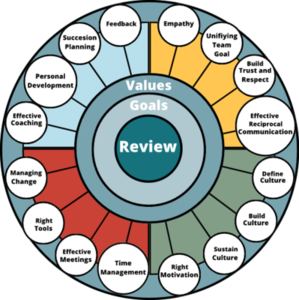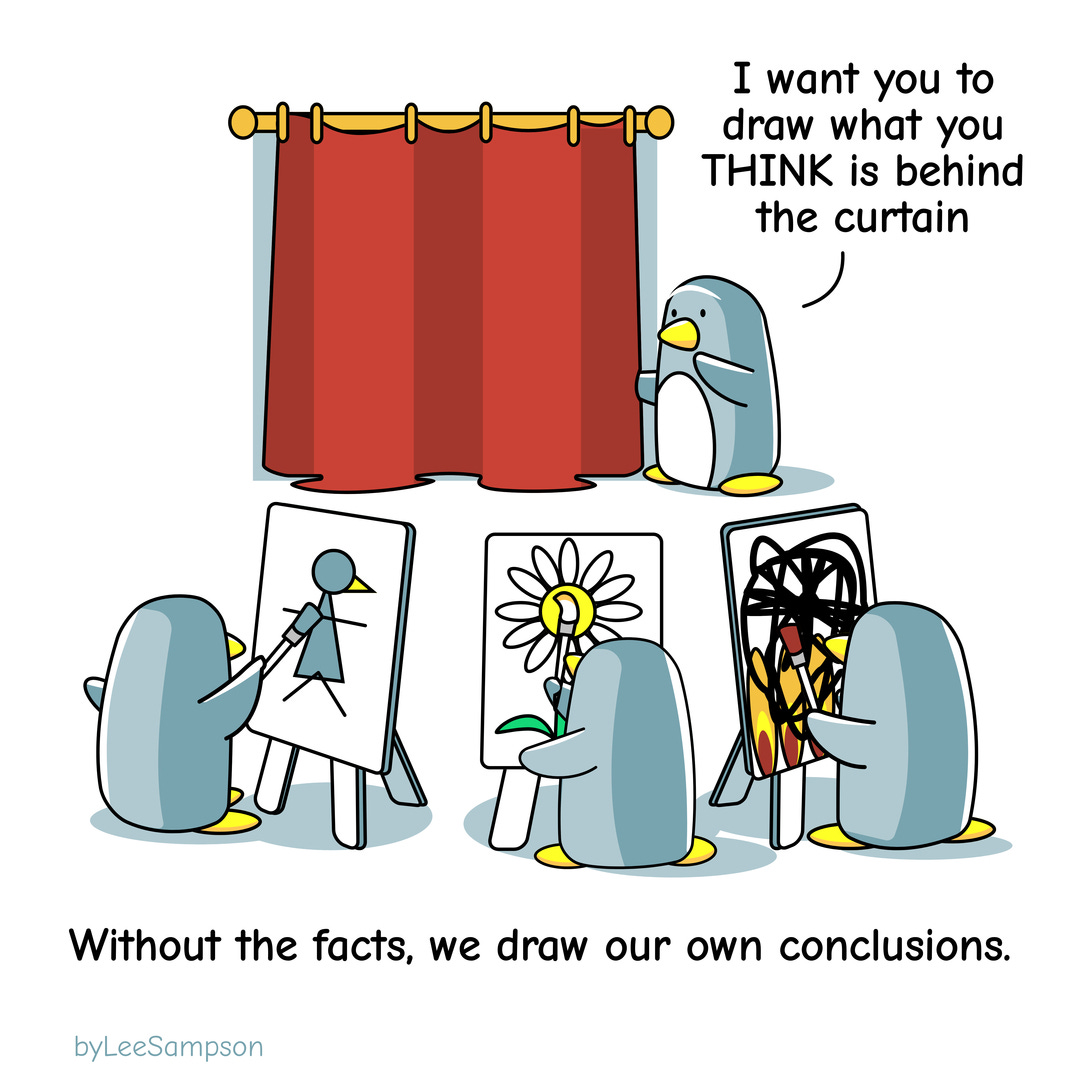Last week, we focused on Unifying Team Goals, exploring how leaders can create shared purpose and direction. This week, we're digging into something just as crucial for leadership: Trust and Respect.
This is the third post in my series based on my book, “The Illustrated Guide to Leadership Soft Skills” and the leadership wheel. The "leadership wheel", a cornerstone of my approach, is a method I have distilled from my leadership experiences.
To create better teams, trust, empathy and all the other skills in that wheel are needed, but for this article, we look specifically at Trust and Respect.
Leadership isn’t just about hitting targets or strategic thinking, it’s also about creating environments where people feel valued, understood, and supported. This requires building that trust, and also demonstrating respect.
The Foundations of Leadership: Trust and Respect
Trust and respect are an essential component of high-performing teams.
To lead it is essential to value building, maintaining, and nurturing trust within a team, which are crucial leadership skills to value and uphold.
This involves practising honesty and integrity, following through on commitments and promoting these behaviours. It means showing you are worthy of the team's trust, both because you have their best intentions at heart and that you will keep them safe.
In any team the breach of trust can feel like a betrayal, leading people to shift their focus towards self-protection if they can no longer rely on you.
And if the gap is too big, the team may not continue to follow your lead.
One of the worst things a leader can do is to be dishonest, regardless of size and reason, the impact is always more significant. Whether it is the evaporation of trust or setting a precedent for acceptable behaviour, it erodes the foundations of any relationship, team or reality.
The outcome will always be a weaker version of what existed before.
Respect and Mutual Respect
There is a difference between trust and obedience which is subtle, but it's an indicator of mutual respect that you require to unlock a healthy, collaborative team environment.
When you trust your team and value their input, you create better ways to collaborate.
It’s all about creating an environment where they can be honest, in small ways and in big ways.
Transparency and Honesty and Communication
Transparency in leadership is like windows in a car, giving a sense of where we are and where we are headed.
It's important to give people a sense of certainty and also be transparent about why that uncertainty is happening if there are any concerns.
And remember, mistakes happen. Timely communication is a facet of trust. There is always an easy and a hard way to find out about them.
What You Can Do to Build This
One of the strongest currencies a leader can acquire is trust and if you gamble it away, it can be very hard to get back to the same level.
I think of losing trust like cutting down a tree, you can try and turn that tree into something else useful but it will never be a tree again.
The right conditions and environment go a long way to contributing to success. Trust is definitely one of the key ingredients in that equation.
Say what you mean and do what you say.
Be upfront about fear’s role in why people can’t feel like they can be honest.
Without building the skillset to address fear in a healthy way, there will always be the risk of it being expressed in an unhealthy way.
In short: the next time you are tempted to hide something, cover up or withhold the truth, ask yourself, "What is it that I fear most?” and take the opportunity to be courageous and grow an environment of trust.
Conclusion: Trust, The Bedrock
Building, maintaining, and nurturing trust within a team are crucial leadership skills to value and uphold.
It requires a mix of all your skills and also your honesty and transparency, to help your team see the value in your work.
As I continue this 20-week series, exploring all aspects of the "Leadership Wheel", I hope you will join me on this journey. I encourage you to consider how you can implement these ideas into your leadership style, and take the time to create a sense of unity in your teams.
You can find my book, “The Illustrated Guide to Leadership Soft Skills”, where you will find these ideas and more, and over 500 illustrations to help you navigate the often difficult world of leadership. by following the links below:
Author and Illustrator Lee Sampson uses a people-centric approach and creative vision to make leadership development accessible and enjoyable. Inspired to illustrate over 1,000 Penguin cartoons on LinkedIn, Lee believes that we all have the potential to change our world for the better, by starting from the inside out.
Disclaimer: This article has been created using insights from my book, “The Illustrated Guide to Leadership Soft Skills”. I have used my own expertise combined with the capabilities of Google AI Studio. which has helped me to polish my thoughts, improve readability and structure the content.









